Problem
The process of soil damage and vegetation loss often begins with the activities of overgrazing animals. Grazing livestock sometimes consume plants down to the ground. This activity weakens the individual plant with a reduction in tissues capable of photosynthesis; its growth is greatly inhibited. In addition, it destroys plant roots that bind the soil together. When rains come to those grazing lands, rivulets often form along the walking paths and wash away unprotected top soil. The only solution for overgrazing is rotational grazing which is the process of limiting the grazing pressure of livestock in a given area. Livestock are frequently moved to new grazing areas before they cause permanent damage to the plants and soil of an area. But this technique is not usually effective because it’s dependent on the maturity of the person who is managing the livestock. Most people especially in rural areas take their livestock in to some vegetation feeding area and supervise from a distance until they consume the plants and had enough. By then most livestock will feed plants down to the ground. This will create desertification which is the process by which natural or human causes reduce the biological productivity of dry lands.
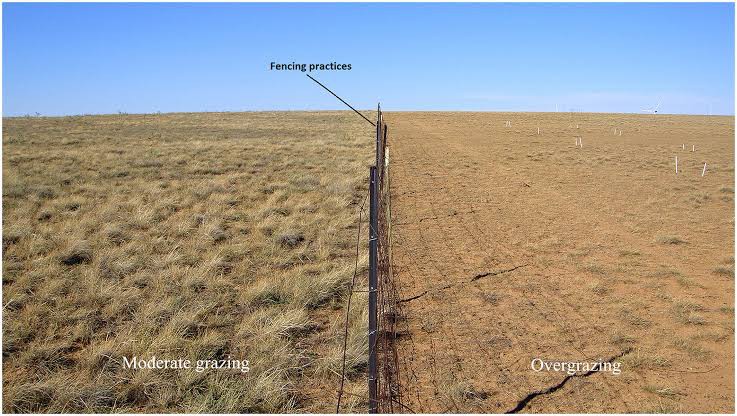
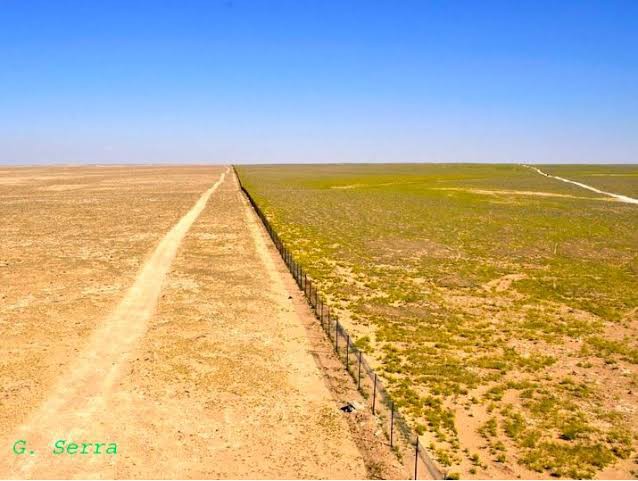
Solution
This project is about building a device that prevents overgrazing by forcing livestock not to consume plants down to the ground. This is done by installing a simple belt on the neck of each livestock that has a structure which hangs on the lower part of the belt that pushes back the neck of the livestock when grazing plants lower than the maximum allowed height close to the soil level. Meaning as the livestock consume the plant down to the ground lower than the allowed height the structure which is attached to the belt will make contact with the ground and the ground will act as an anchor making the structure push up ward on the neck of the livestock. This will make the livestock consume the vegetation without destroying the field. In order avoid the structure to be dragged as the livestock moves forward while feeding or lean forward to consume down to the ground, there is a locking strap installed on the face of the livestock. This is perfect because already many livestock have a ring bell on their neck in many part of the world to avoid theft and this will be additional advantage.

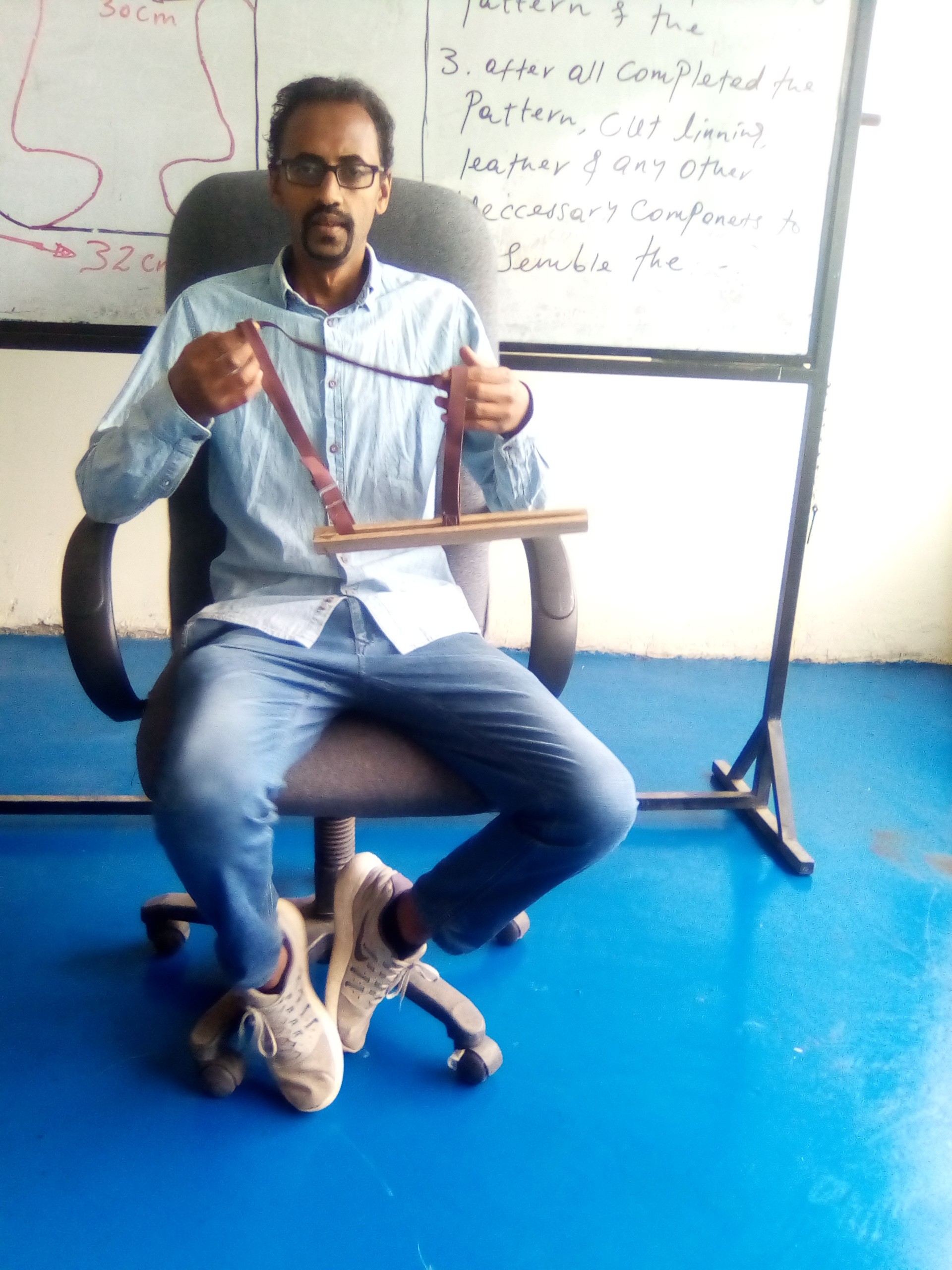
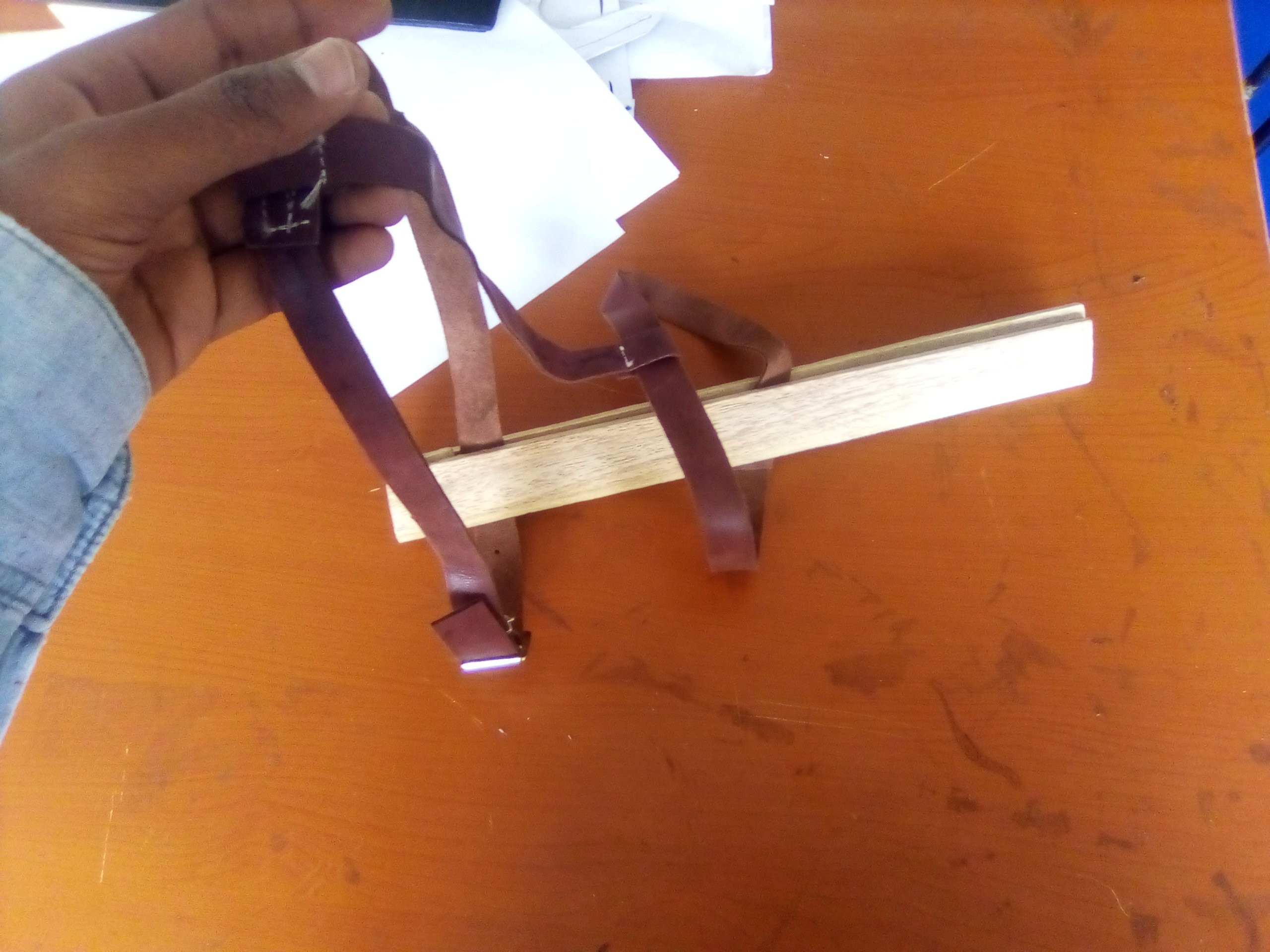
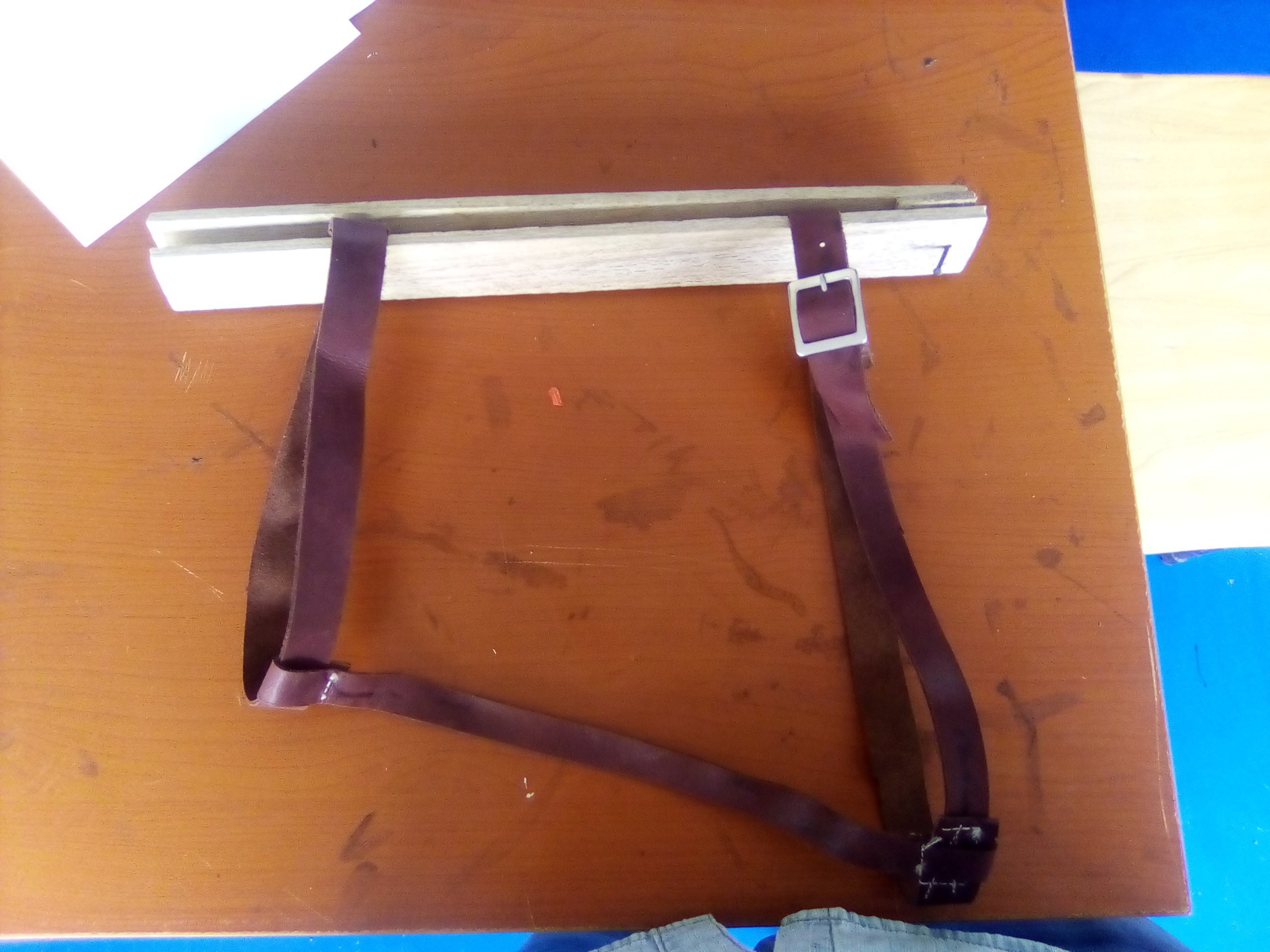
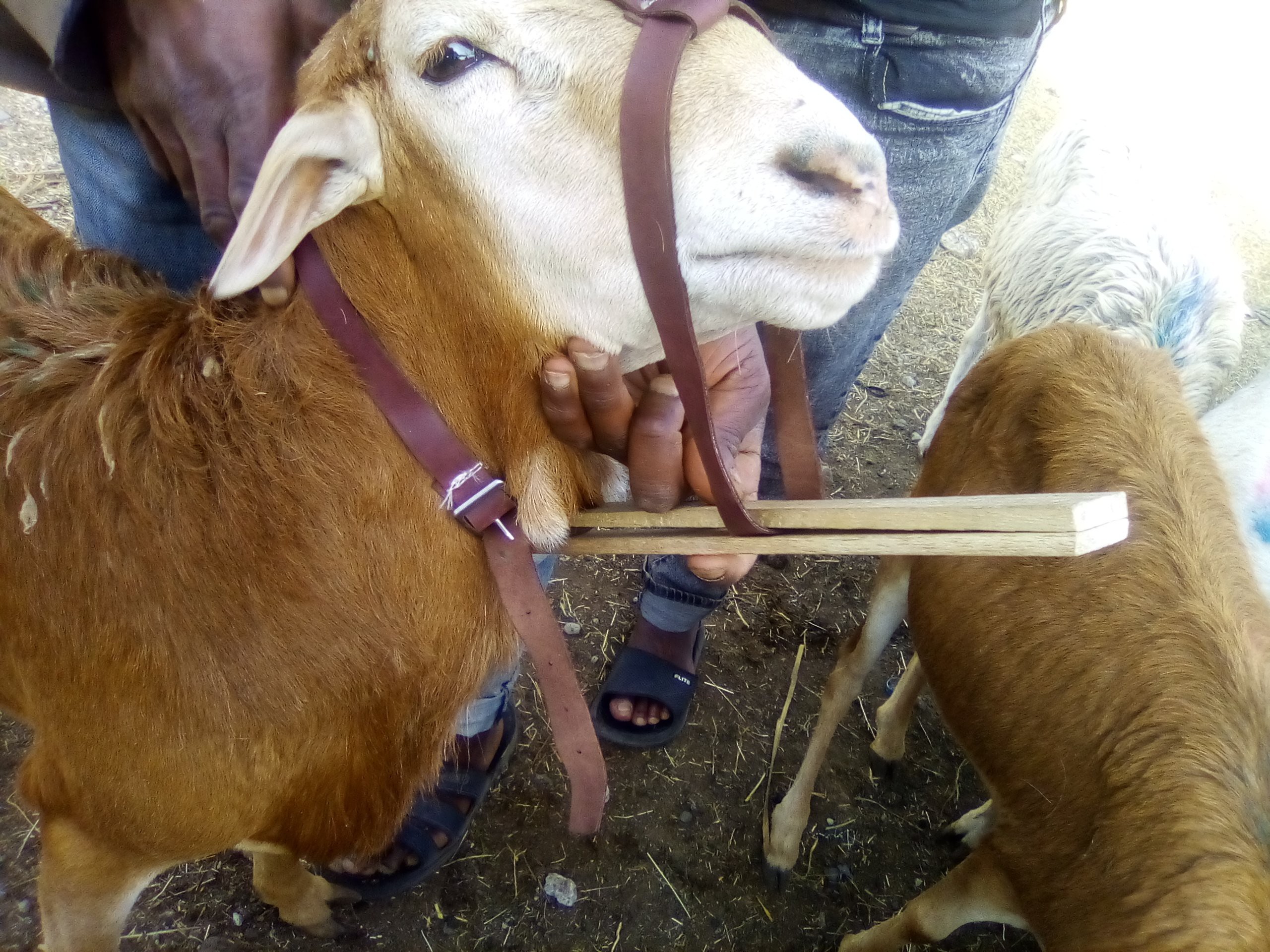

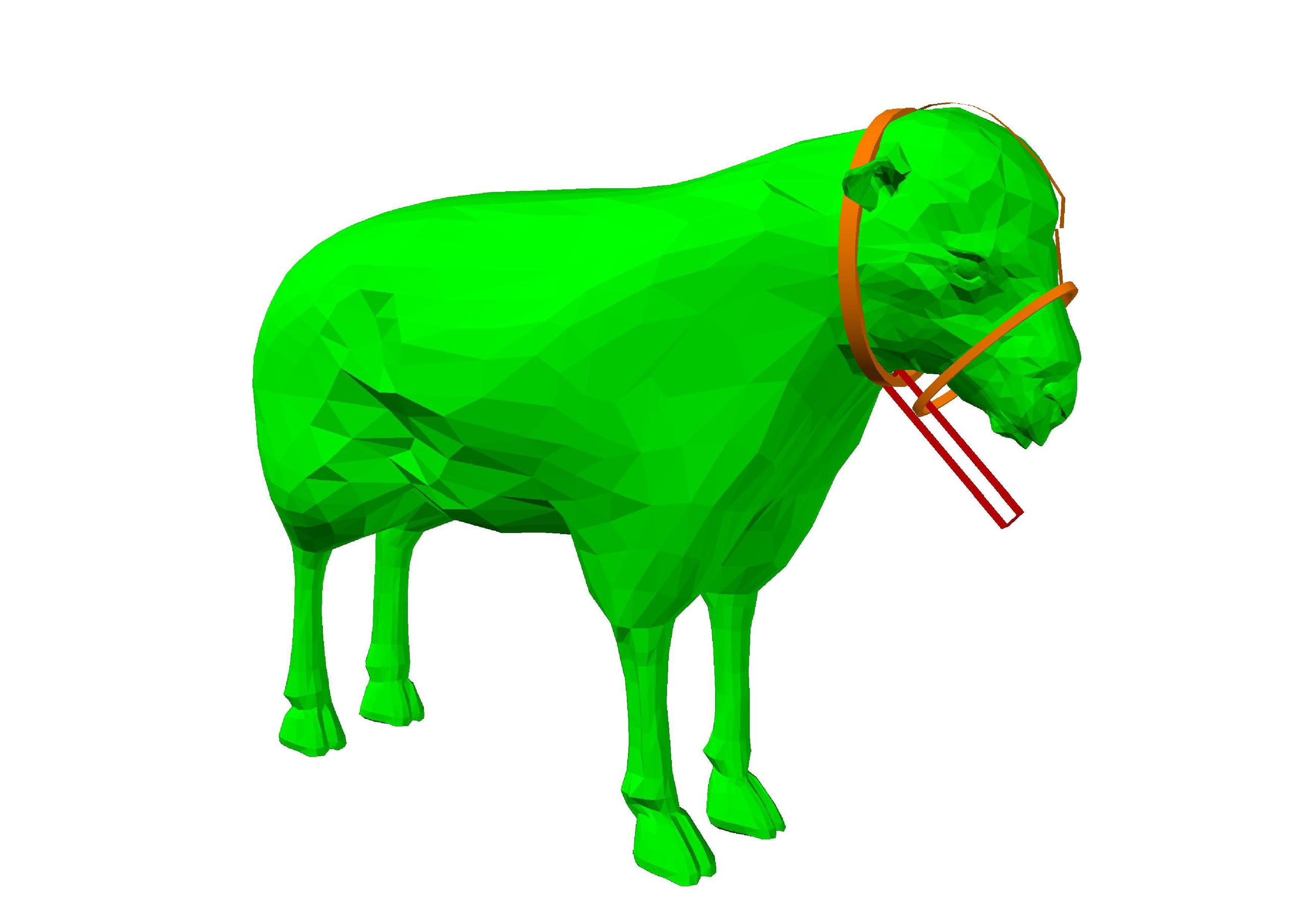
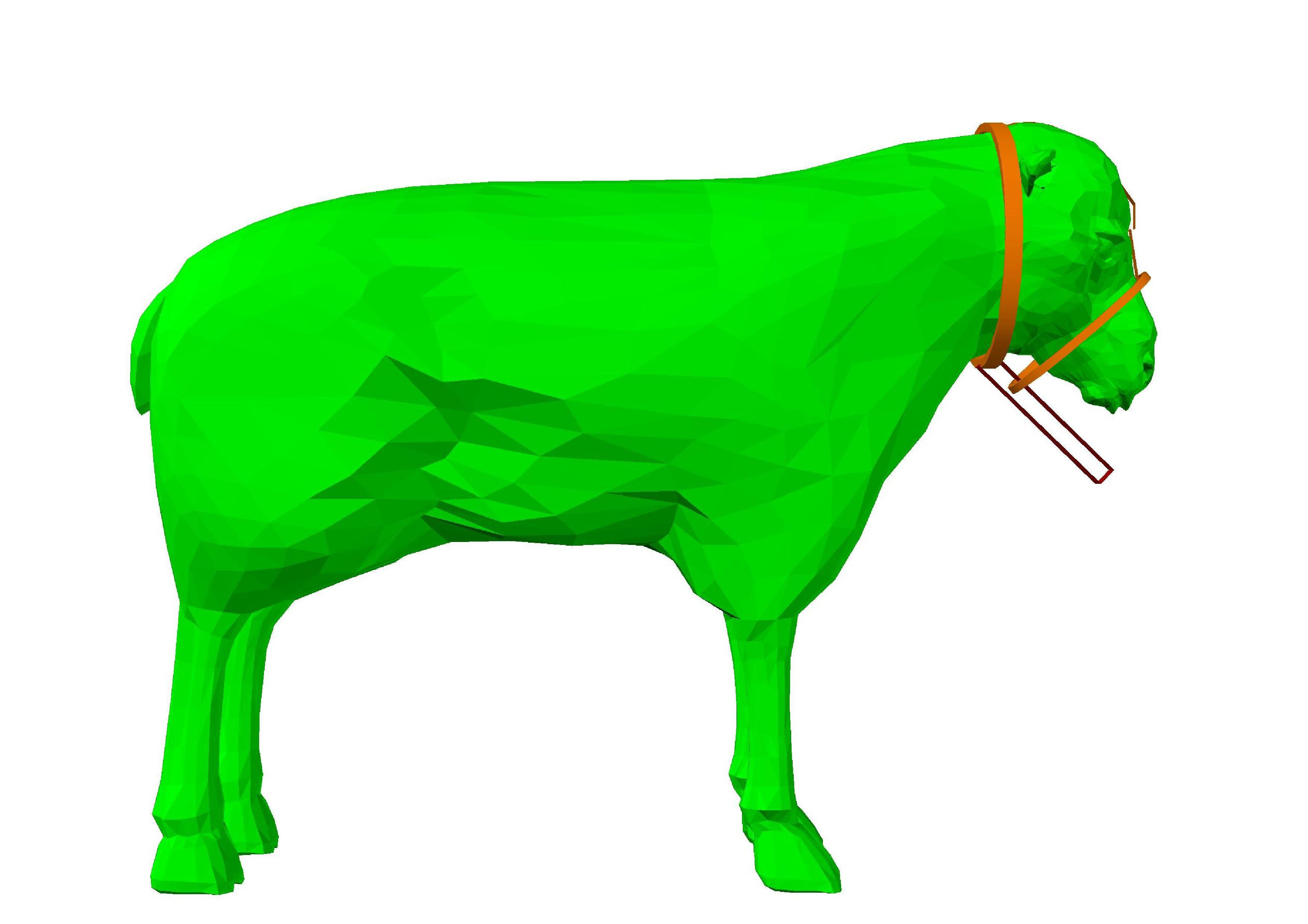
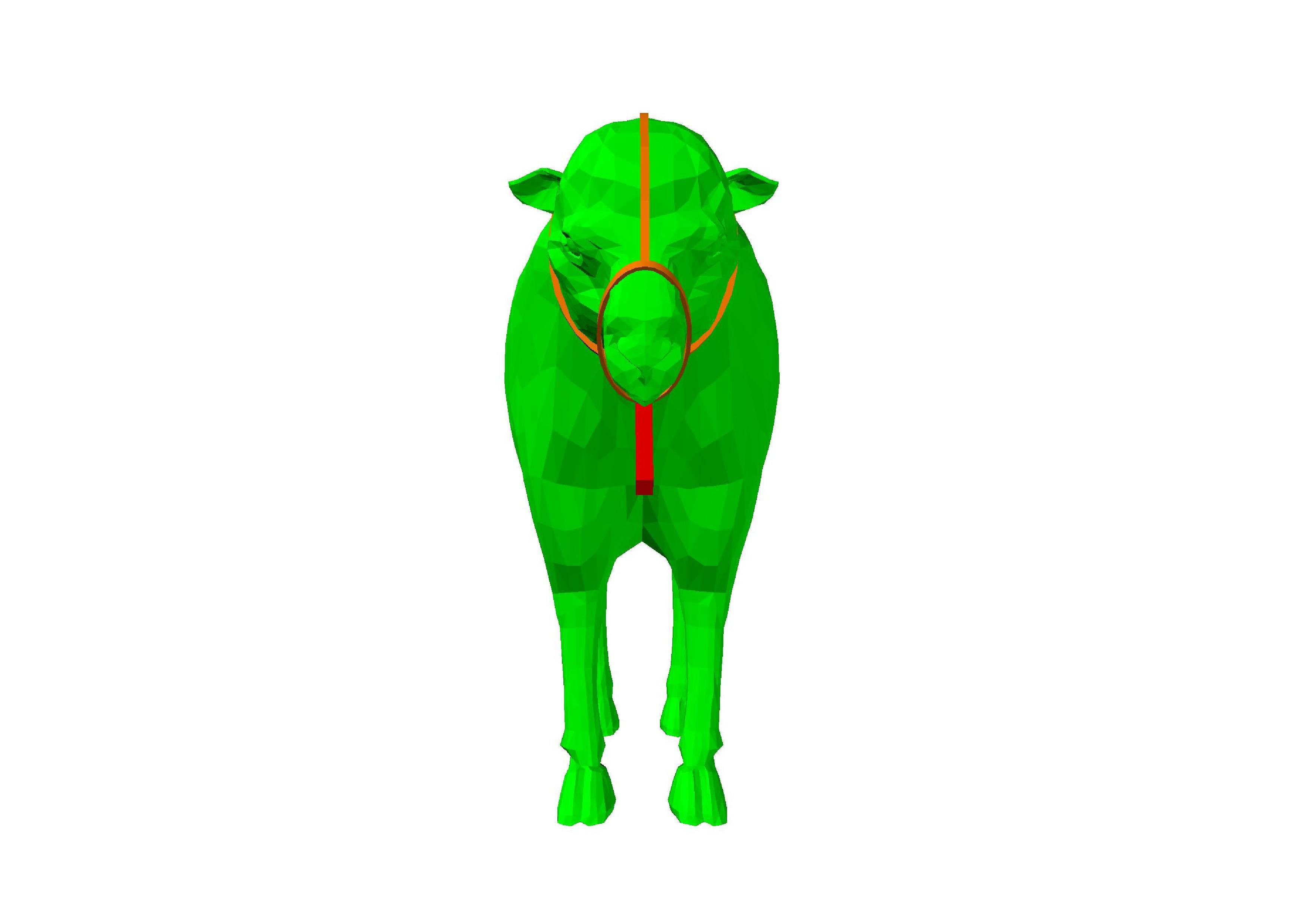
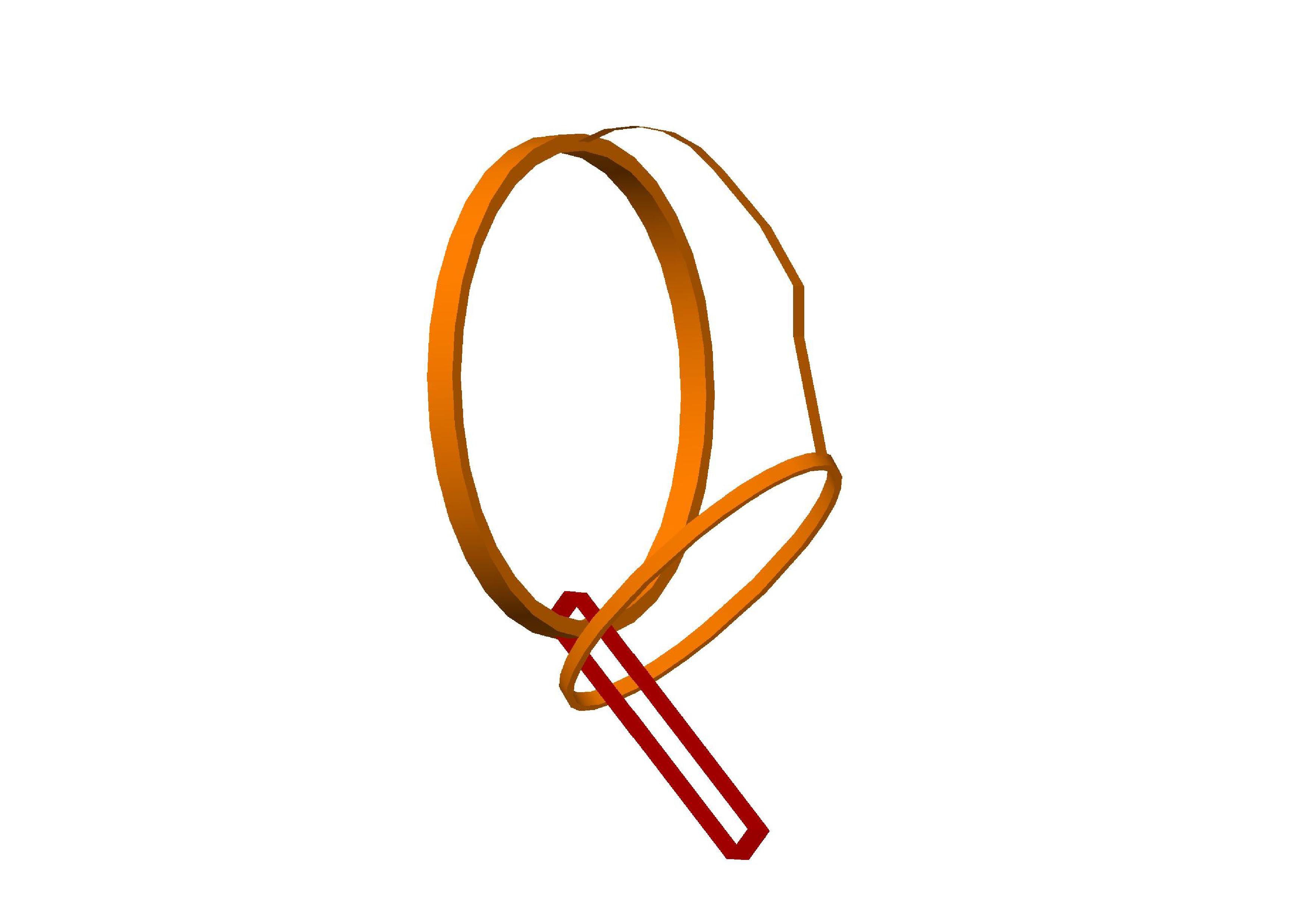
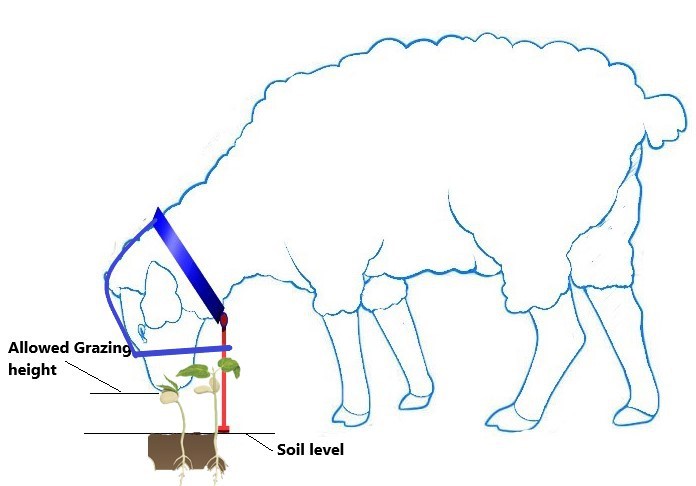
Market
Overgrazing threatens the productivity of rangelands everywhere but its effects are felt with particular severity by pastoralists in the Sahel belt of Africa which is semiarid region of western and north central Africa extending from Senegal eastward to Sudan. The Sahel stretches from the Atlantic Ocean eastward through northern Senegal, southern Mauritania, the great bend of the Niger River in Mali, Burkina Faso (formerly Upper Volta), southern Niger, northeastern Nigeria, south-central Chad, and into The Sudan. Overgrazing affects Sahel at large because pastoralists on that area depend on livestock almost entirely for their livelihood and partly because drought is a recurrent phenomenon in this region. The effects of overgrazing are exponentially magnified at times of drought and pastoralists are especially vulnerable to famine at these times. The fragile nature of agriculture and pastoralism in the Sahel was strikingly demonstrated in the early 1970s, when a long period of drought beginning in 1968 led to the virtual extinction of the crops and loss of 50 to 70 percent of the cattle.
This project provides a tool to avoid occurrence of soil erosion, desertification, drought and famine caused by overgrazing. This tool will bring a very high impact because some 23 percent of the world's land is used for grazing livestock and soil erosion which is cause of desertification which brings drought and famine caused by overgrazing is one of the most important environmental problems in the developing world. The tool is basically simple structure installed on the neck of individual livestock which prevents them to consume vegetation down to their root by allowing them to consume up to a certain height from the ground level where the soil lies. This will solve the problem of drought and famine at its origin instead of management during the problem occurrence which is the current practiced solution today.
Prior art
Starting from civilization of mankind to this date overgrazing has been undeniable challenge having huge impact on economic and environmental aspects of our lives. The best solutions we have been using throughout our history are
- Avoiding the act of grazing too early,
- Use of grazing chart to assist in planning out how to implement rotational grazing,
- Monitoring rainfall patterns and the growth of pasture,
- Maintaining and managing proper pasture residuals in the grazing area,
- Proper land use management practices,
- Trying to feed livestock with stored fodder,
- Controlling the amount of time that livestock spends on the pastures.
All these approaches are dependent on level of awareness and skill of the person who is in charge of the livestock. This is a big challenge because not all people have equal awareness, skill, willingness and commitment to implement those practices that prevent overgrazing. Even if they do the above solutions are not really great solution, they are more of a management than a solution. Meaning, as long as livestock consume vegetation directly from the environment, they will consume the plants down to the ground because it is just their nature to do so. This product solves these problems by forcing the livestock not to consume the vegetation down to the ground which transfer the solution from human based task to more or less automation with a very simple working mechanism with a very small number of part components.
Technology
The base technology study for the development of this product is animal behavior which is broadly considered as everything animals do including movement and other activities underlying mental processes from feeding to waste management. Until now there were no practical benefits to be gained from learning about animal behavior and studies where done just for the subject value exploration. To be specific there is no much practical application for studying the behavior of livestock for solving the overgrazing of dry lands because all the prevention technique focuses on approaches implemented by the human beings that are in charge of managing the livestock. This project will change the course of science by giving the field a very practical benefit for studying the technology which is behavioral management of livestock to avoid overgrazing which prevents soil erosion, desertification, drought and famine. This practical application is a product that solves the overgrazing issue by showing a hard evidence for its success at exact moment of implementation. In other words, not only this project solves the overgrazing problem of the world, it will advance animal science forward to new possibilities. Adoption of this approach could be used for different animals beside livestock like installing modified version of the product in city dogs to prevent them biting peoples which may transmit rabbis without compromising the comfort of the dogs, installing modified glowing version of the product in dears to make them visible at night to prevent them from car accidents and many other possibilities.
Risk
At this stage of the product there is absolutely no risk of any kind that will hold the product from functioning as intended. From the idea generation to the development of the prototype and field test, I have modified the design so that it overcomes any kind of risks that hinders the functionality of the device. For example the first challenge was the question “what if the livestock learn to lean forward to consume vegetation down to its root while the anchoring structure touches the soil surface?” This will enable them go down a little further to reach the ground level. This challenge is overcome by attaching the anchor structure to the chin of the livestock so that any forward movement of the head of the animals will also move the anchor forward no matter small the movement is. The second challenge was the question “what if the livestock learn to take the device off?” This challenge has been overcome by making the strap lockable depending on the neck size of the livestock. The third challenge was answering the question “how strong is the anchor and the strap to make them only consume until allowed height of vegetation from the ground level?” For this concern I made the strap from a lather and hard waterproof wood for the anchor structure.
 Anteneh Gashaw
Anteneh Gashaw